Apple is researching how to make the fabric covering of a HomePod, or HomePod mini, also include a way to provide information to the user.
Apple refers to the distinctive outer cover of the HomePod, and HomePod mini as acoustically transparent fabric. As well as letting sound pass, though, Apple continues to look at making that fabric do more.
Previously, Apple has applied for patent concerning making that fabric be touch-sensitive, so users can control their HomePod just by pressing on it. Now it's also researching how to remove the need for the top screen entirely, by having the fabric itself become a display.
"Displays in Fabric-Covered Electronic Devices," is a newly-revealed patent application detailing how such fabric can be formed, and shaped. In more than 12,000 words, there is no mention of HomePod, or HomePod mini, but instead "a voice-controlled speaker device," which "may have a cylindrical shape."
"Electronic devices such as voice-controlled assistant devices may include fabric," says the patent application. "As an example, the housing of a voice-controlled assistant device may be covered with a layer of fabric. Openings may be provided in the fabric to allow sound to be emitted from within the device."
Unusually, Apple's patent application is concerned less with how to weave a display into the fabric, and more about how to do it so that it looks good.
"If care is not taken, the fabric may impart an undesired appearance to emitted light or the light-emitting devices may be visible from a limited range of angles," continues Apple, "thereby preventing a light-emitting device from effectively conveying information to a user."
It's not as if Apple expects to turn the acoustically transparent fabric to somehow become a retina display showing album art. It might be enough that the fabric shows a Play, Pause, or Skip button for users to touch.
"The display may include a flexible substrate such as a flexible mesh substrate with component support regions that are coupled by flexible segments," continues the patent application. "Light-emitting devices may be mounted on the component support regions of the flexible substrate."
Alternatively, the display could be more elaborate and, rather than being within the weave of the fabric, sit behind the covering instead. "In some cases, the fabric layer may serve as a light diffuser for the display," says Apple.
Much of the rest of the patent application centers on methods of making a curved fabric display, for instance with a "flexible substrate [that] may be attached to a separate thermoplastic substrate."
"During a thermoforming process, the display may be heated such that the thermoplastic substrate softens into a pliable state," continues Apple. "The display may then be molded into a desired shape."
"The display is then cooled to harden the thermoplastic substrate and secure the flexible substrate and light-emitting diodes in the desired shape," says the patent application.
This patent application is credited to five inventors, including Paul S. Drzaic. His previous work includes a patent application for flexible display cover layers, thought to be part of a folding iPhone.
 William Gallagher
William Gallagher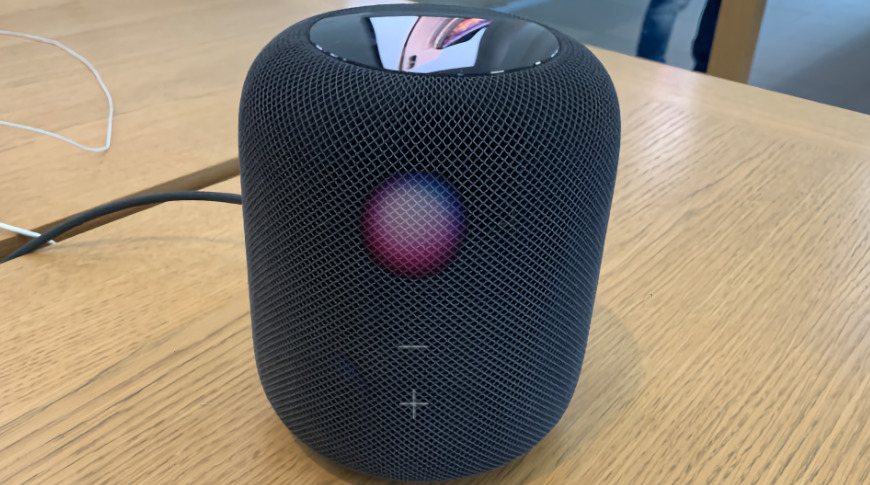
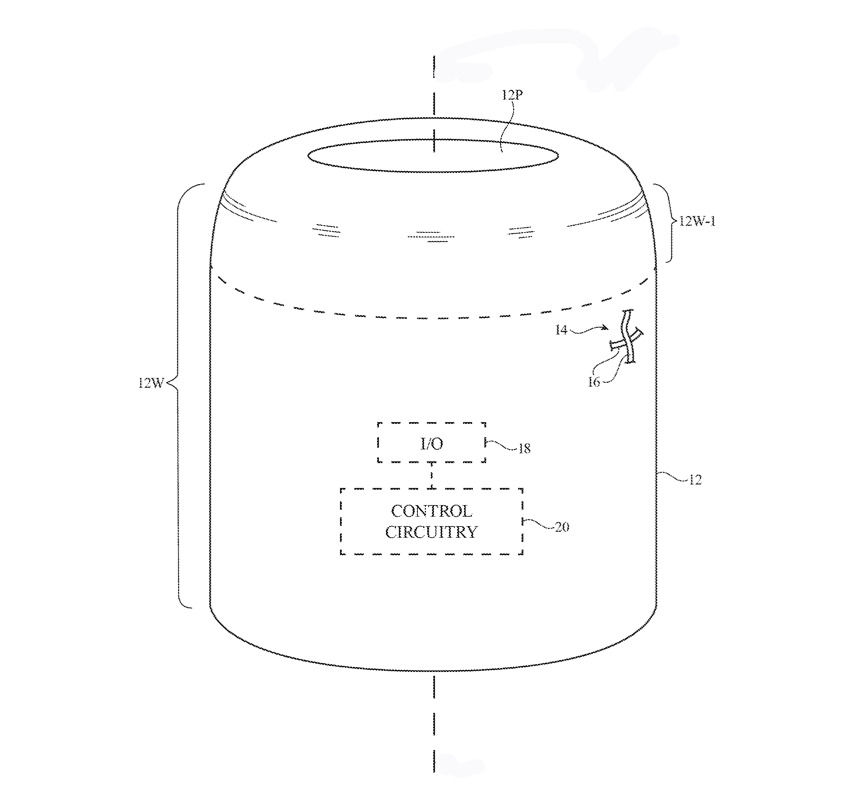
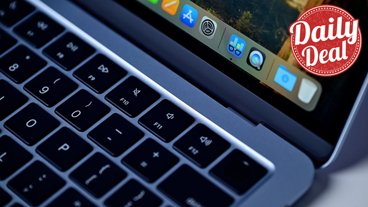
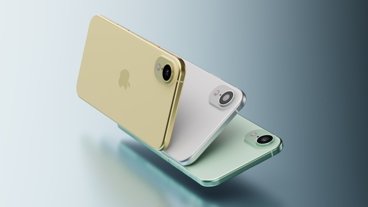


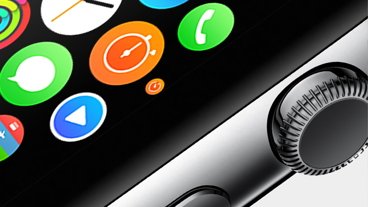


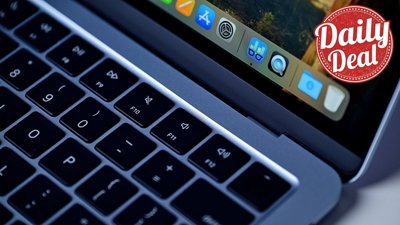
 Christine McKee
Christine McKee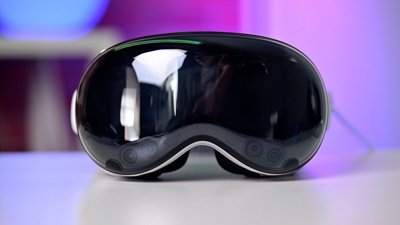
 Malcolm Owen
Malcolm Owen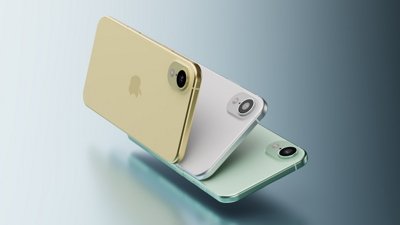
 Marko Zivkovic
Marko Zivkovic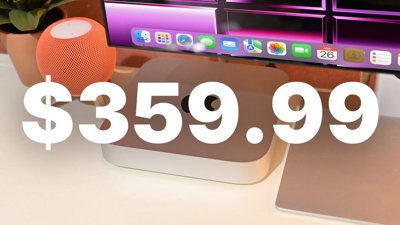

 Andrew Orr
Andrew Orr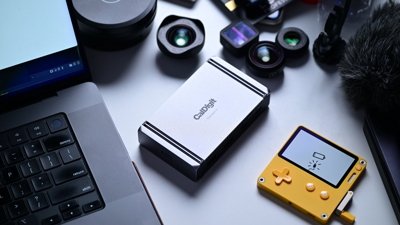
 Andrew O'Hara
Andrew O'Hara
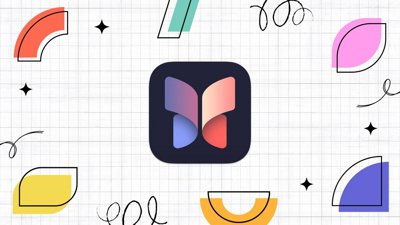

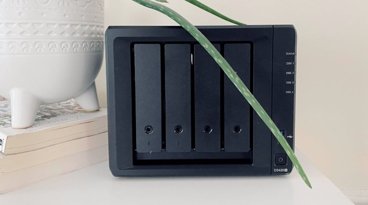



-m.jpg)
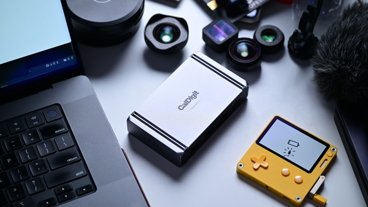


1 Comment
A good first step would be to add a clock to the HomePod Mini. I have the new spherical Echo Dot with the built-in clock and it is perfect for my home theatre and family room with its auto-dimming clock. I suppose it would work pretty good as a bedside alarm clock too, but I prefer the Spot or Show 5 for that use case because they have more info to display as well as visual feedback.
I was a bit disappointed that Apple didn't offer a clock version of the HomePod Mini. That would have increased its appeal significantly for standalone applications, but yeah, it doesn't make much sense for music-only use cases, much less when forming stereo pairs using two Minis.
I've been advocating for a HomePod Video version since the first version came out. If Apple can pull this off without it looking like a slab-nailed-to-a-stump and maintain the HomePod's current aesthetic, they'd have another winner on their hands.